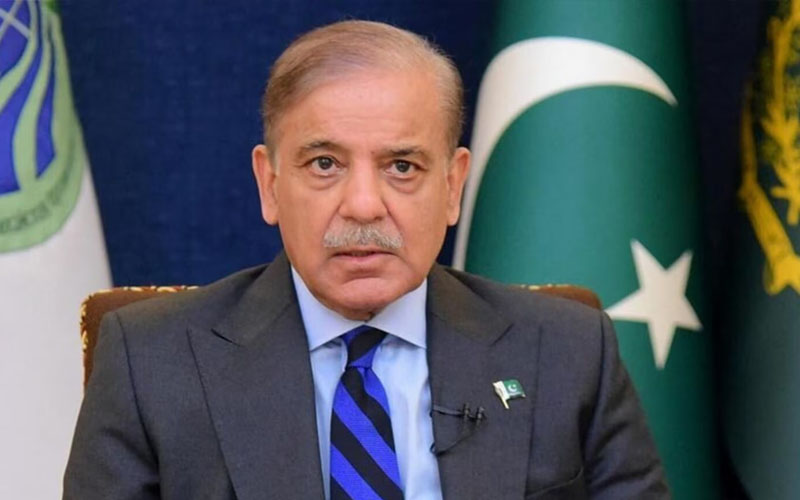Islamabad, April 03: Prime Minister Shahbaz Sharif has announced the reduction in power tariff for industrial units Rs 7.59 per unit and for household Rs 7.41 per unit.
The new price of household unit is now Rs 34.37 per unit.
He also said that circular debt will be eliminated for good in next five years. The circular debt is now Rs 2339 billion.
Industrial power unit was priced earlier at Rs 58.50, which has now been reduced. From June till now Rs 10 unit price of electricity is reduced by this government.
Power Division Added
The price of electricity for 20 million consumers is less than Rs 11.50, which is a 70% discount on the cost of electricity generation.
The price of electricity for 10 million consumers of total electricity is Rs 11.51 per unit. The unit price of electricity for 800,000 consumers is Rs 9.37.
Similarly, the price of electricity per unit for 74 lakh consumers is Rs 8.52. The price of electricity per unit for 15 lakh consumers of total consumers is Rs 4.78.
The electricity rate for 18 crore consumers has been reduced by 50% since June 2024.
Government’s Officials
It looks like the government is preparing to announce a major relief package, likely linked to electricity tariffs, in time for Eid.
While there were earlier expectations of an Rs8 per unit cut in power rates, the IMF has only allowed a Re1 per unit reduction so far.
There’s also a political angle here, with PML-N leaders hyping up the announcement as a game-changer for the economy.
Given the recent IMF deal, lower inflation, and improved remittances, the government seems to be framing this as proof of economic recovery.
What do you think—will this relief package actually ease financial pressure on people, or is it more of a political move?
Background of Electricity Prices in Pakistan
In recent years, Pakistan has experienced notable fluctuations in energy tariffs for both households and industrial units, influenced by policy reforms, international financial obligations, and efforts to promote sustainable energy consumption.
-
Industrial Sector: In May 2024, the government proposed a 25% increase in the base national electricity tariff, equating to an average rise of Rs6.80 per unit. This adjustment aimed to meet a revenue requirement of approximately Rs4 trillion for fiscal year 2025, with the average sale rate for consumers expected to reach Rs37 per unit.
-
Household Consumers: By December 2024, electricity prices for domestic users had decreased by Rs4.66 per unit since June 2024, bringing the average price down to Rs44.04 per unit. This reduction was part of broader reforms to alleviate the financial burden on consumers.
-
Winter Tariff Reduction: To boost electricity consumption and reduce reliance on natural gas for heating, the government announced lower electricity tariffs during the winter months (December 2024 to February 2025). This initiative aimed to benefit both businesses and citizens affected by previous electricity price hikes.
Gas Prices:
-
Captive Power Plants (CPPs): In March 2025, the government implemented a 23% increase in gas prices for industrial CPPs, introducing a Rs791 per mmBtu grid levy. This measure, aligned with International Monetary Fund (IMF) conditions, aimed to encourage industries to transition to the national power grid. The levy is scheduled to rise incrementally, reaching Rs6,000 per mmBtu by August 2026.
Factors Influencing Tariff Adjustments:
-
Capacity Charges: A significant contributor to rising electricity tariffs has been the increase in capacity charges, which encompass fixed operational and maintenance costs, debt servicing, and other expenses. In fiscal year 2024, capacity charges rose by 62%, leading to a substantial hike in tariffs.
-
Energy Mix and Sustainability: Efforts to reduce energy costs have included renegotiating terms with Independent Power Producers (IPPs) and promoting renewable energy sources. The government has also advocated for an independent power consumer model, encouraging individual power generation to achieve sustainability.
In summary, Pakistan’s energy tariffs for households and industrial units have undergone significant changes due to policy reforms, financial strategies, and initiatives aimed at promoting sustainable energy consumption. While some measures have led to tariff reductions, others have resulted in increases, reflecting the complex dynamics of the country’s energy sector.
